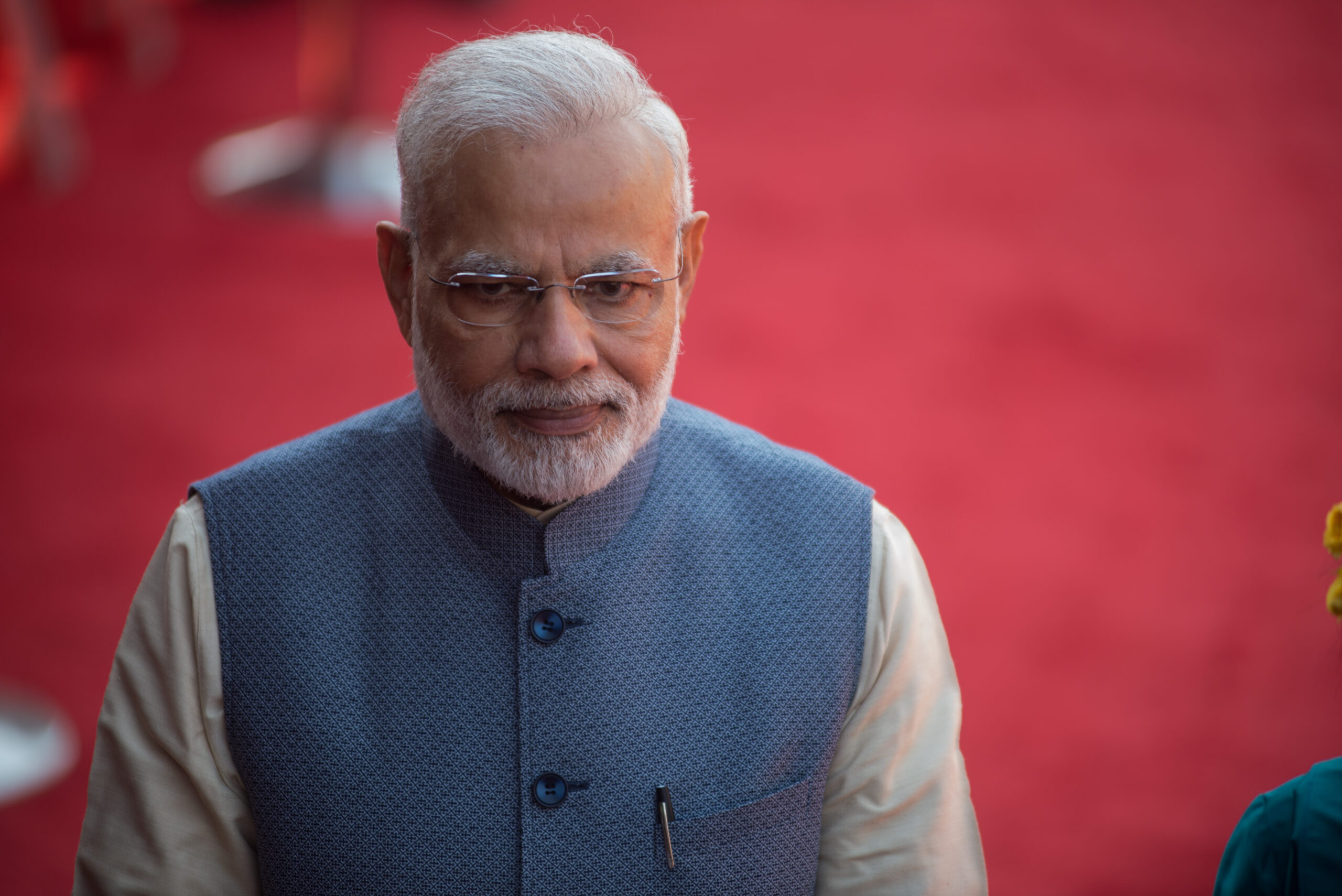
The world’s most populous nation faces pressing issues, such as unemployment, inflation, and economic disparities, in Prime Minister Narendra Modi’s third term in office. His mandate was smaller than expected, so he had to rely more on his allies for support. Rising inflation has adversely affected the middle class, raising dissatisfaction with the expanding inequality gap. Unemployment, a significant problem in India, is a primary focus of Prime Minister Narendra Modi’s re-election campaign. A recent Lokniti research project study reported that more than 60% of youth found it difficult to get jobs. When India emerged as the world’s fastest-growing economy, Princeton University economist Ashoka Mody expressed concern, arguing that the figures did not justify the hype.
Critics accuse India’s Prime Minister Narendra Modi of impeding efforts to accurately measure poverty levels by selectively releasing critical data and surveys and delaying the census. The last decade has accentuated the failure of prosperity to trickle down, with unemployment being an issue that predates the Modi government. The administration has failed to tackle a chronic lack of secure blue-collar and white-collar jobs for the almost 1 billion Indians who are of working age.
Over 90% of Indian workers continue to work informally, often in irregular, exploitative jobs that offer low wages and no benefits. Recent studies show that 42% of graduates have been unable to find a job, and the youth comprise 83% of India’s unemployed population. The situation worsens for women, as India boasts one of the world’s lowest rates of formal female employment, discouraging millions from entering the labor force.
The vast wealth imbalance in India remains hidden despite the promising trend of a growing number of billionaires under Modi’s leadership. Mukesh Ambani and other wealthy business people may invite people worldwide to their lavish events. Life is quite different for the millions of people living in poverty. As proof that this inequality is worsening, critics of the present economic system refer to the nexus between government and business leaders. Some see this link as an obstacle to more equitable wealth distribution because it separates the average Indian from the super-rich, who control the narrative around India’s economy.
During Narendra Modi’s tenure, many of his measures were for the Hindu population. By removing Jammu and Kashmir’s special status (Article 370), Ayodhya made it easier to build the Ram Temple. In the eyes of many, these reforms will finally fulfil the nationalist movement’s long-sought aims, allowing the government to hold on to a substantial percentage of the Hindu nationalist vote. Critics argue that fundamental economic changes remain unchanged despite the improvement in public opinion. The Indian economy is still struggling with high costs and high unemployment. If we had taken solid steps to boost industrial growth, simplify taxation, or create more jobs, the economy would have been more stable and future-oriented.
Praising the sweeping nature of the Modi administration’s policies, there is growing suspicion that they benefit business tycoons at the expense of middle-class citizens. Protests in Punjab and Maharashtra’s cities have brought attention to agricultural families’ hardships, showcasing the dissatisfaction of underprivileged individuals. Many people in Melghat and surrounding regions are in a very insecure financial position and live in severe poverty, which government support programs have not alleviated. The younger generation is even more frustrated since professional options have stayed the same as expected. These new facts make it more likely that specific vital economic interests have profited from recent legislative changes while others have suffered.
